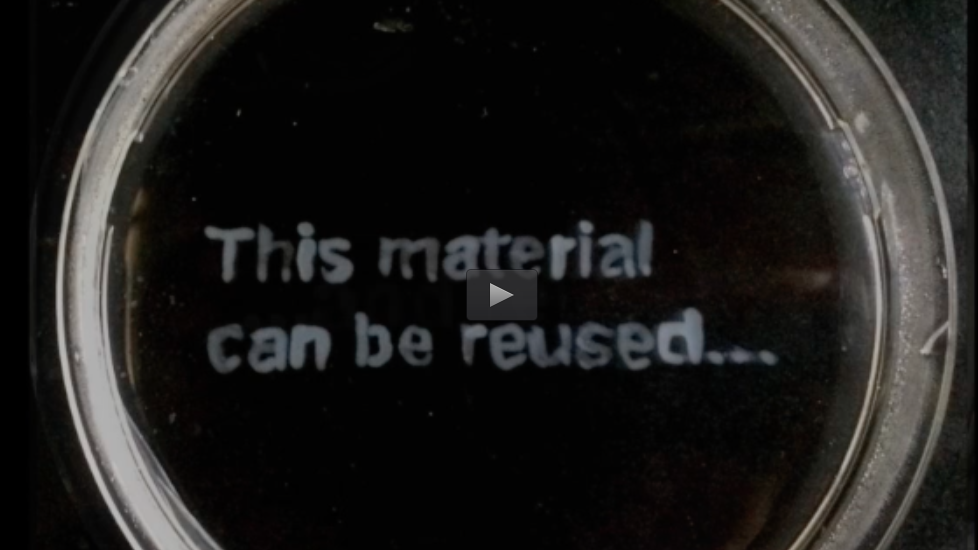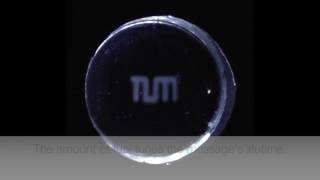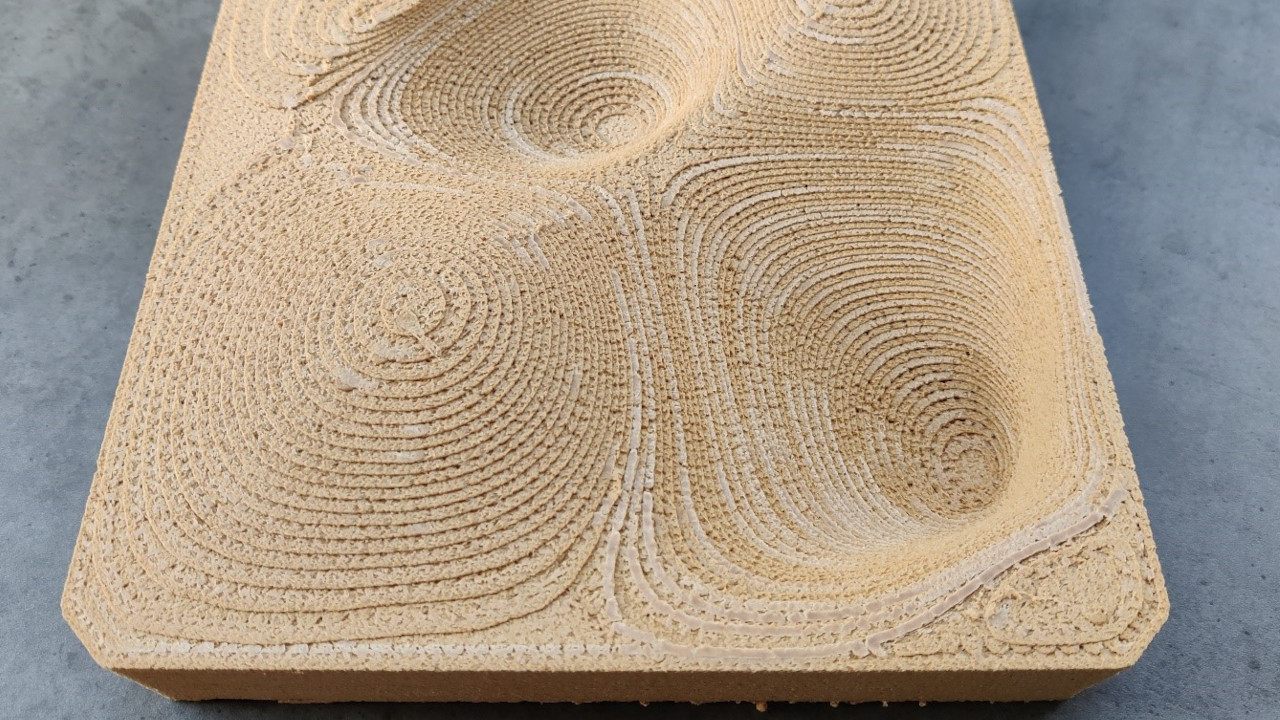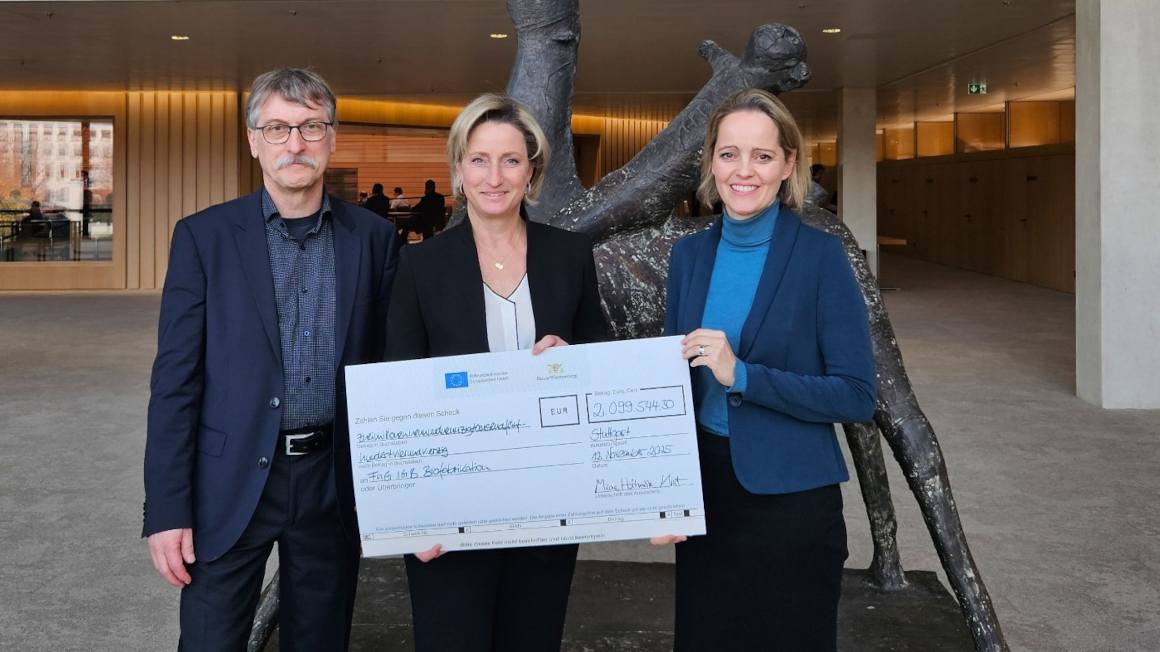Smart molecular building blocks
Scientists in Würzburg and Munich have developed innovative molecular building blocks to create smart windows and self-recycling packaging.

Our bodies, windows or plastic bottles – all of them are made up of different molecules. The big difference however: while the molecules in the human body or other living organisms are in constant exchange with their surroundings, artificially produced material is not. This in turn directly affects their ability to break down after being used. Two research teams out of Bavaria, one based in Würzburg and headed by Dirk Kurth and another one based in Munich headed by Job Boekhoven, found some extraordinary and new characteristics of molecules that could be used for light-detecting smart windows or for self-recycling materials.
A molecule between solid and liquid
The team of researchers surrounding Dirk Kurth were investigating a specific class of polymers: metallo-supramolecular coordination polyelectrolytes, MEPEs for short. They published their results in the journal „Chemistry – A European Journal“. Kurth has been a leading expert for the topic, since he discovered this type of polymers in the mid 1990s. “MEPEs possess extraordinary electrochromic properties”, explains Kurth. In other words, if one attaches a certain voltage to MEPE-based materials, it causes them to change their colour. This particular effect could for instance be applied in the development of innovative smart windows. In addition, they hold another interesting property: as part of porous solids they are able to change their flow characteristics within an electrical field. Therefore they can alternate between a solid and a liquid state. Based on these characteristics they could be very useful for several medical applications, for instance in order to protect freshly surgically restored joints from too much pressure.
Self-assembling molecular Lego
Although these properties are of high importance for technological developments, little is known about the development of this novel kind of polymers thus far. The production, however, is fairly simple: “It’s like a kind of molecular Lego – only with the structures are building themselves”, explains Kurth. All the researchers have to do is add a solution of Terpyridine ligands to a metal salt solution to initiate the process. Moreover, the researchers were able to assess the specific conditions necessary for the process. This allows them to define the settings in order to generate the coveted material in the end. One particularly easy way to enhance and fasten the process the researchers discovered: add salt to the mix.
Nature is self-contained
In contrast to Kurth and his team, the researchers in Munich headed by Job Boekhoven did not investigate the development of new materials, but the breakdown of existing ones. Because the man-made mountains of waste are growing every day. Thus far recycling is the method of choice, but it is not always economically viable. Inspired by biological processes Boekhoven is therefore pursuing another path – following natures example: "Biological cells are constantly synthesizing new molecules from recycled ones. Some of these molecules assemble into larger structures, so-called supramolecular assemblies that form the structural components of the cell. This dynamic ensemble inspired us to develop materials that dispose of themselves when they are no longer needed." The researchers published their findings in the journal „Nature Communications“.
No structures without energy
Living biological substances such as skin and bones, but also individual cells are not in equilibrium with their environment. In order to build, maintain or repair them there is a constant need for new building blocks and energy. “A typical example of an energy source is adenosine triphosphate, ATP for short," explains Boekhoven. The new materials he and his interdisciplinary team of chemists, physicists, and engineers at the TU Munich explored are based on the natural model: the molecular building blocks are initially freely mobile, but if energy is added in the form of high-energy molecules, supramolecular structures form. These autonomously disintegrate once the energy is exhausted. Thus, the lifetime can be predefined by the amount of “fuel” added. In the laboratory, the materials can be set to autonomously degrade after several minutes to several hours. Moreover, following a cycle, the degraded material can be reused by simply adding another batch of high-energy molecules.
Metastable molecule complexes with huge potentials
The scientists designed different anhydrides, which assemble into colloids, supramolecular hydrogels or inks. The chemical fuel they use is carbodiimide. The resulting structures are metastable and hydrolyze back to their original dicarboxylates with half-lives in the range of seconds to several minutes.
Because the molecules form very different structures depending on their chemical composition, numerous application possibilities arise. Spherical colloids, for instance, could be loaded with water-insoluble molecules – these could be used to transport drugs against cancer directly to the tumor cell. At the end of their mission, the colloids would autonomously dissolve, thereby releasing the drugs locally. And, inks with precisely defined durability could be produced from molecules that assemble into star-shaped assemblies.
Will it be possible to build supramolecular machines or mobile phones that simply disappear when they are no longer needed? “This might not be completely impossible,” stresses Boekhoven, "but there is still a long way to go. Right now we are working on the basics."
jmr



